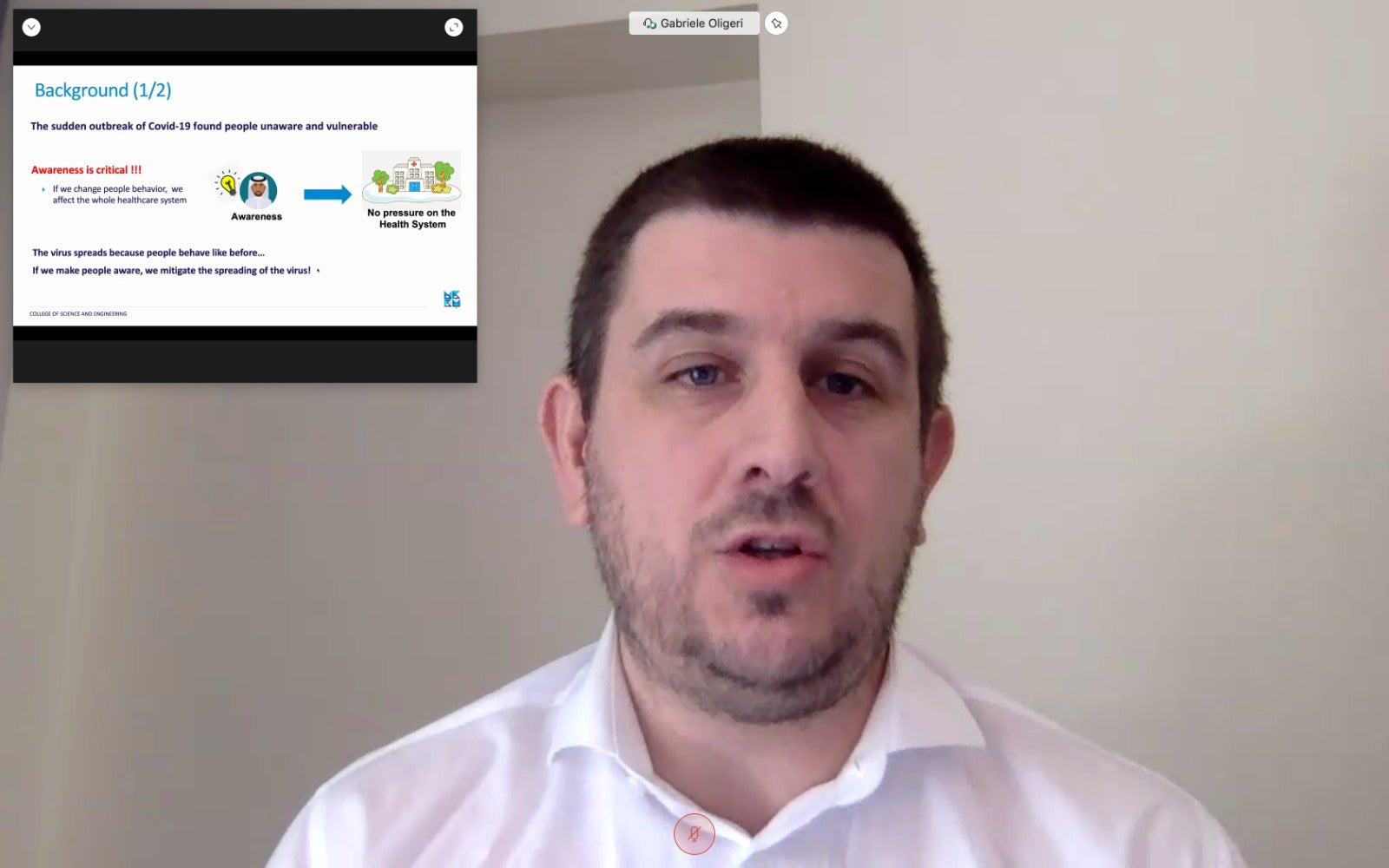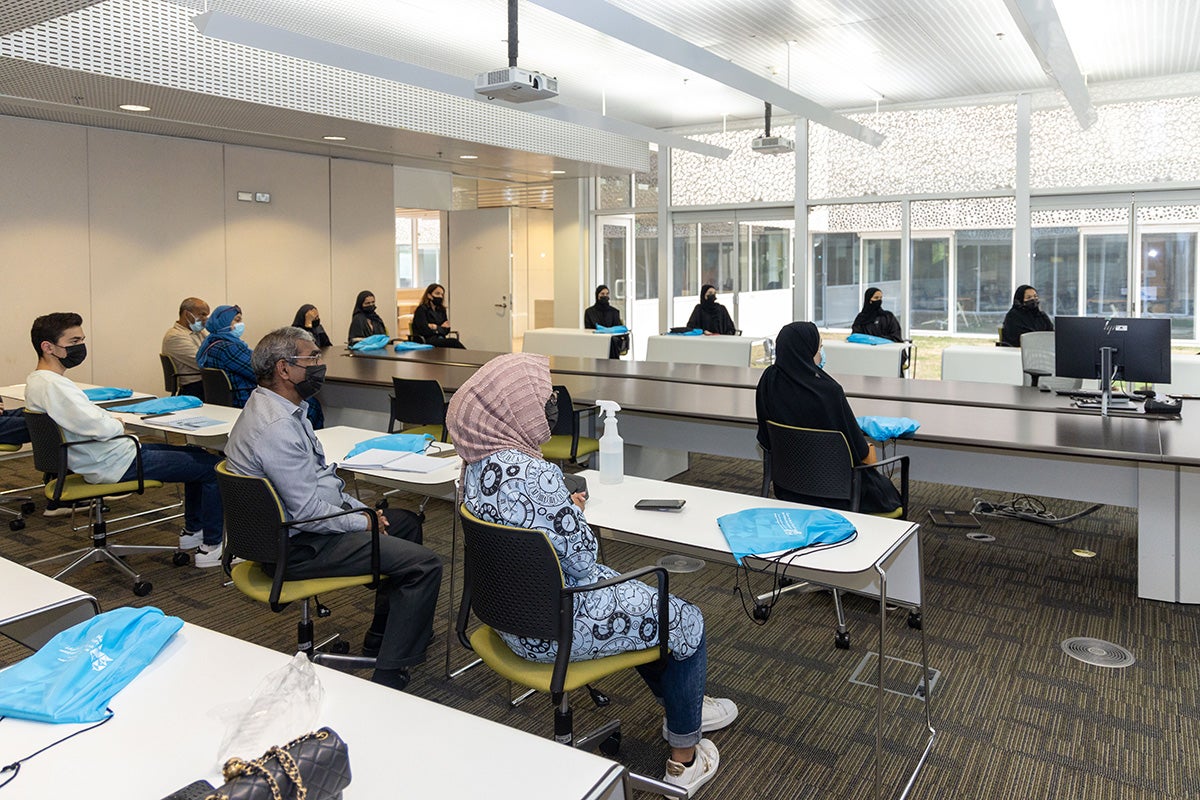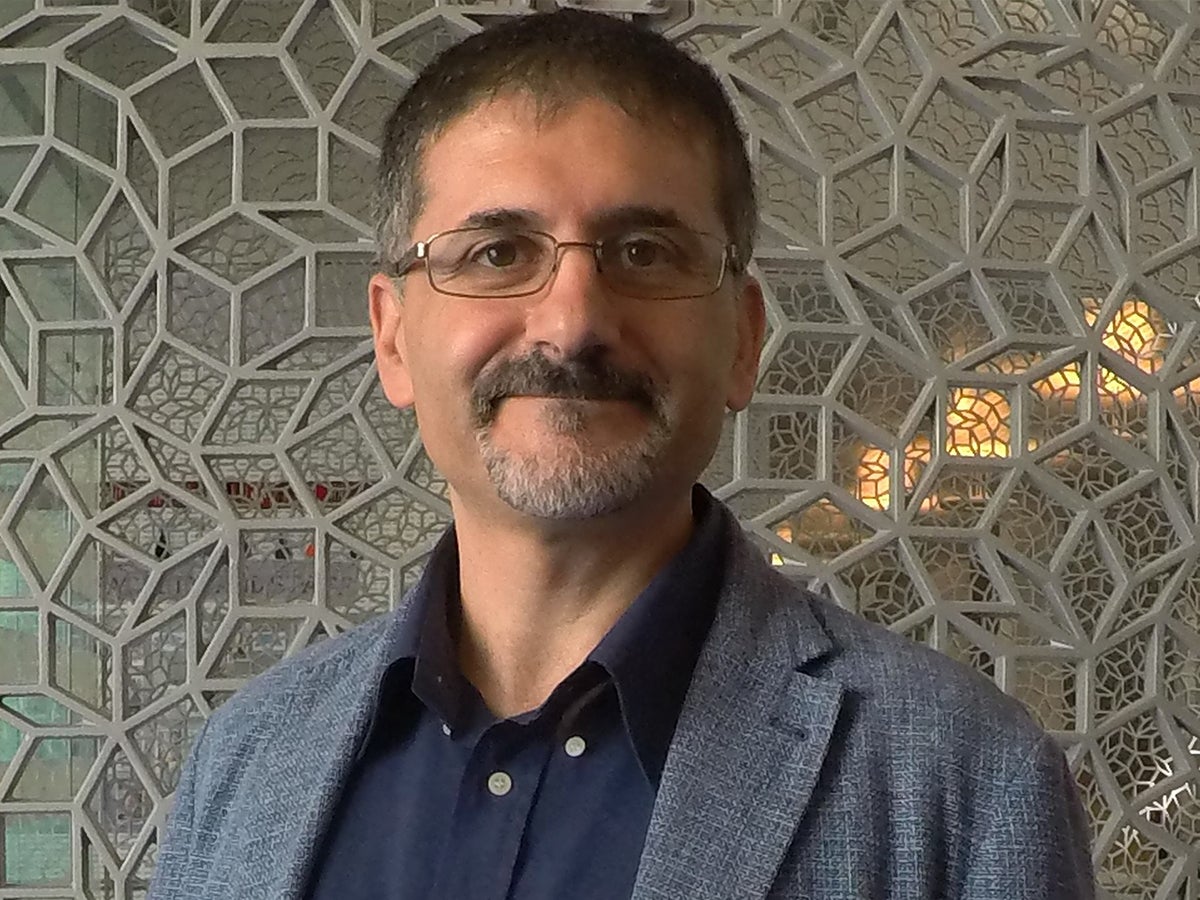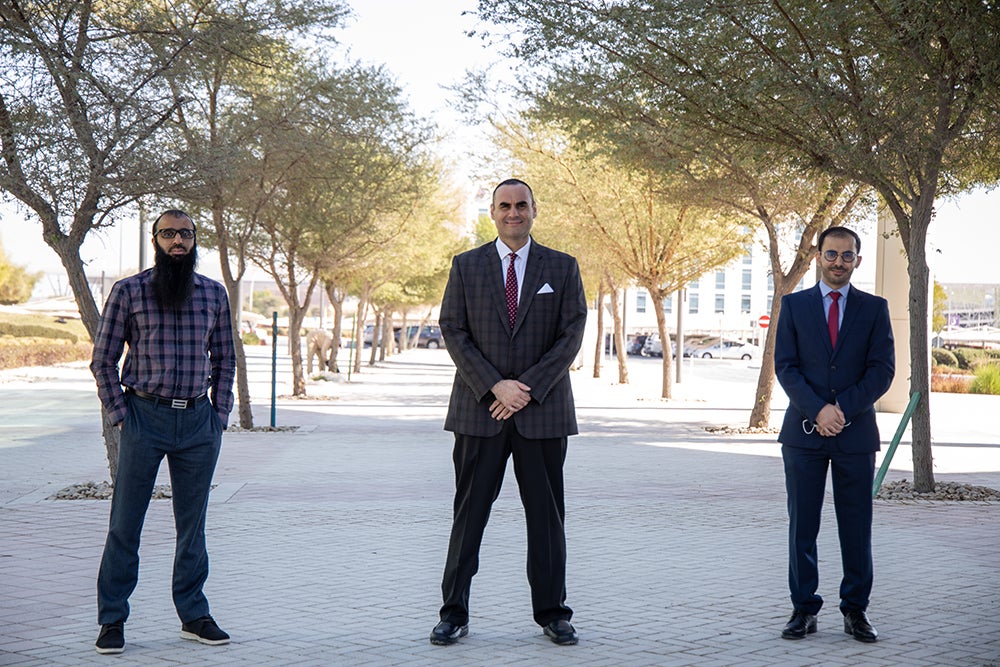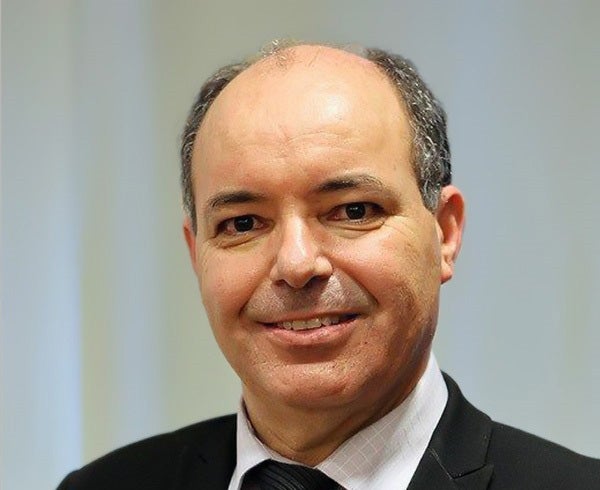By Dr. Kamilla Swart and Dr. Tareq al-Ansari*
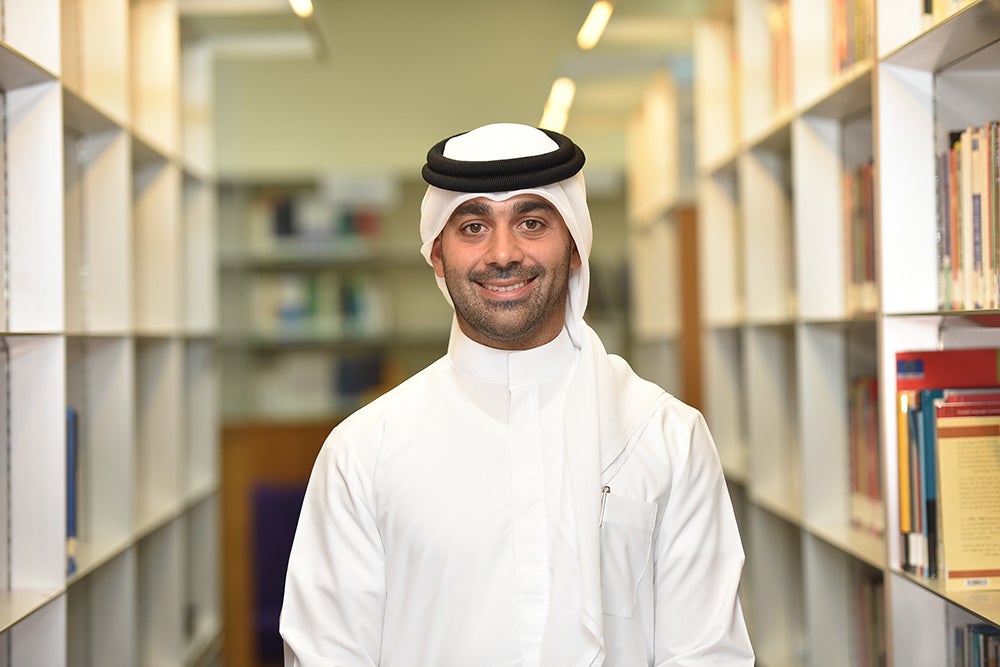
The outbreak of the novel coronavirus (COVID-19) has affected sports and entertainment events across the world. Major tournaments have been indefinitely suspended or postponed, and in some cases canceled.
However, with the COVID-19 situation moving towards a more controlled sphere, competent authorities and respective stakeholders are pondering the best way to resume these sports and entertainment events. Popular opinion is that the tournaments should be held behind closed doors. However, there are many logistical, operational, and organizational challenges that could arise.
Experts from the Master of Science program in Sport and Entertainment Management at the College of Science and Engineering, part of Hamad Bin Khalifa University, have explored ways to resume local sports tournaments in terms of the organization, logistics, attendance of the fans, and all the other relevant aspects in a way that ensures the health and safety of all the parties involved.
The COVID-19 pandemic has had a wide-reaching impact globally and nowhere is it more apparent than in sports, and sporting events in particular. In an attempt to limit the spread of the virus, and to conform with social distancing regulations, we have witnessed the cancelation, postponement or rescheduling of major events across the globe including Wimbledon, Euro 2020, the Tour De France, F1 Grand Prix, and the 2020 Tokyo Olympic Games, among others.
Given the socio-economic and cultural significance of sports to our society, governments and relevant stakeholders are grappling with the challenges of resuming activities even at a local community-based level. As sporting events bring together large groups of people, athletes, officials, spectators, the media, and event organizers (and related suppliers) in an increasingly connected world, the primary challenge will be mitigating the risk of spreading COVID-19.
In recent weeks we have seen a return of some sporting events, with the Tokyo Marathon restricted to 200 elite runners after attracting 300,000 participants last year. The South Korean baseball league started without fans, football clubs in Europe have returned to individual or small group training, and the German Bundesliga resumed, also with no fans in the stadiums.
For the wider resumption of sports, national frameworks guided by public health officials in consultation with sports stakeholders are required to facilitate the safe return to activities. A risk assessment for sports events aligned with the recommendations of the World Health Organization concerning mass gatherings is underscored.
It is further recommended that sports organizations or clubs have a designated official who will be responsible for the COVID-19 risk assessment. This includes the responsibility to continuously test team members and officials to avoid the spread of the virus, especially from asymptomatic virus carriers.
Within this monitoring and assessment, decisions will need to be made on a frequent basis as to whether to proceed with an event, and, if so, what measures should be put in place, the risk mitigation strategies, and communicating with the public.
For team management, this may mean educating athletes regarding the risks, and assessing the venue and training environments in relation to social distancing measures. Some athletes may be at greater risk, such as para-athletes, and may require special considerations. It is also important for medical support teams to be familiar with COVID-19 case management protocols and to ensure continuous testing and contact tracing measures when necessary in conjunction with public health officials.
Sports organizations and clubs should also be responsive to fluctuations in cases in their local community and may need to adapt resumption strategies as advised by public health officials.
Similarly, thought should be given to contingency planning in the event of a second wave. Consideration will need to be given to the type of sport, i.e. team sports vs. individual sports, contact vs. non-contact, and whether it takes place indoors or outdoors, as well as the age of the participants.
For youth sports, special consideration will need to be given to social distancing measures for parents, possibly even reducing or limiting their attendance. A phased approach, from individual training to smaller and then larger groups, as well as non-contact to contact activities, is recommended. Caution should be applied to the sharing of equipment and strict hygiene measures should be adhered to.
Even without fans, logistical challenges remain, especially in relation to travel restrictions. For instance, in the UK, international travelers are required to self-isolate for a period of 14 days. With two events confirmed for the UK in the upcoming season, F1 organizers are still attempting to secure an exemption as seven of the 10 teams are UK-based, which will pose a logistical nightmare not just for staff traveling, but for the cars that have to return to the factories to be fixed should they be involved in accidents.
In relation to all sports, the loss of spectators implies a loss of match day revenue in relation to ticketing and hospitality. However, the biggest loss to leagues and clubs is broadcasting or television rights, a factor which supports the need to have matches and sports events continue behind closed doors to maintain associated income. Without the income generated from media rights sales, leagues will be unable to distribute money to the clubs and a downward spiral to no sports will ensue.
As COVID-19 is considered a force majeure situation, sports organizations are negotiating with their broadcasters to find mutually beneficial solutions to the current challenges, despite the legal quagmire. While there is likely to be an increase in media consumption, COVID-19 has laid bare the over-reliance on broadcasting revenue.
There is no doubt that sports will remain an integral feature of society, although we will need to rethink how it is consumed. We are likely to see more diverse income streams, the growth of e-sports and immersive technologies that will enable fans to experience live sports without actually being in the venue.
We should also prepare for a comeback in a way that the risk is managed for all stakeholders. It may mean rethinking and using stadiums differently. As more and more sports resume, we will continue to learn lessons, innovate, and adapt in a manner that preserves public health, and in the process develop a more resilient sports event industry.
Dr. Kamilla Swart is an Associate Professor and Dr. Tareq al-Ansari is an Assistant Professor within the Division of Engineering Management and Decision Sciences at the College of Science and Engineering, part of Hamad Bin Khalifa University.
Related News
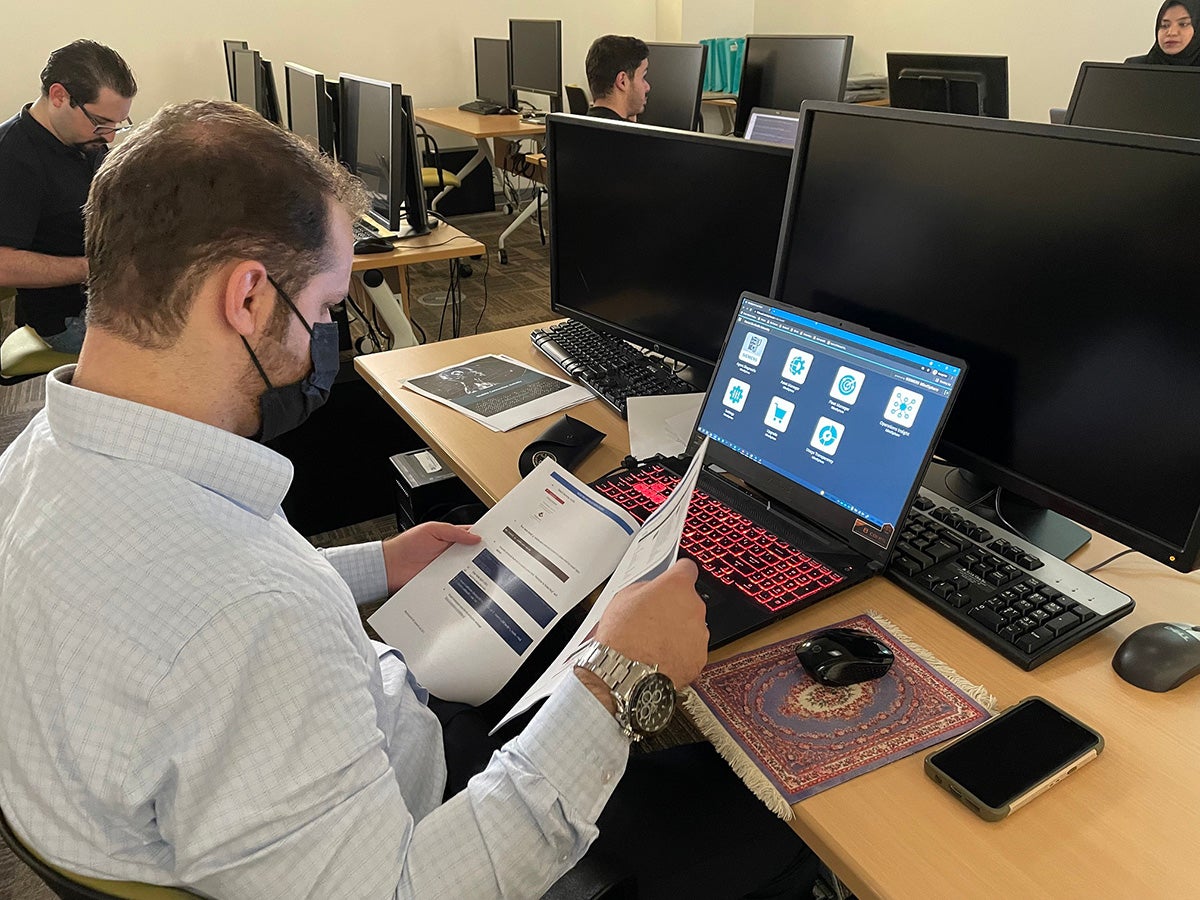
College of Science and Engineering Teams Up With Siemens Qatar to Deliver Digital Skills Training for Students

College of Science and Engineering Faculty Chart a Course for Ethical Software Engineering at International Workshop
